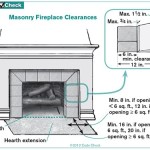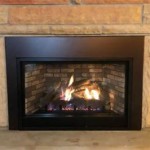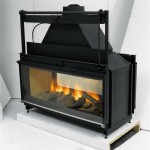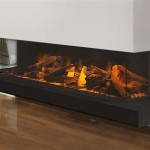Unveiling the Essential Elements of a Gas Starter for Fireplace
Fireplaces have long been cherished as central elements in homes, offering warmth, ambiance, and a cozy focal point. In the realm of modern fireplaces, gas starters have emerged as convenient and efficient solutions, eliminating the need for messy kindling and arduous ignition processes. Understanding the essential aspects of a gas starter for fireplaces is crucial for ensuring optimal performance, safety, and enjoyment.
1. Ignition Mechanism: The core of a gas starter for fireplace lies in its ignition mechanism. Electronic ignition systems utilize sparks to ignite the gas, providing a quick and effortless startup. Manual ignition systems, on the other hand, require the use of a lighter or match to ignite the gas, offering a more traditional approach.
2. Gas Type: Gas starters for fireplaces can be designed to operate with either natural gas or propane. Natural gas is commonly used in areas where it is available through municipal lines, while propane requires the use of a separate tank. The gas type must be compatible with the starter and the fireplace system.
3. Control Functions: Advanced gas starters often incorporate control functions that enhance user convenience. Remote controls allow for ignition and flame adjustment from a distance, providing the ultimate comfort and ease of use. Other features may include timers, temperature sensors, and variable flame settings for customized ambiance.
4. Safety Features: Gas starters for fireplaces prioritize safety through various features. Oxygen depletion sensors detect low oxygen levels and automatically shut off the gas supply, preventing hazardous situations. Flame sensors ensure that the gas is only ignited when there is a flame present, minimizing risk of gas leaks. Additionally, thermal overload protection prevents overheating and potential damage.
5. Installation Considerations: The installation of a gas starter for fireplace requires professional expertise to ensure proper gas connection, electrical wiring, and ventilation. Factors such as the fireplace's size, location, and ventilation system must be carefully evaluated to determine the most suitable starter and installation approach. Improper installation can compromise safety and performance.
6. Maintenance and Servicing: Regular maintenance and servicing of the gas starter for fireplace are essential for its longevity and safe operation. Gas fittings, ignition components, and other parts may require periodic inspections, cleaning, or replacement. Annual inspections and professional servicing by qualified technicians are recommended to maintain optimal performance and minimize potential issues.
In conclusion, selecting and installing the right gas starter for fireplace requires careful consideration of its essential aspects. From the ignition mechanism to safety features, each element plays a vital role in ensuring a convenient, safe, and enjoyable fireplace experience. By understanding these key aspects and seeking professional guidance when needed, homeowners can unlock the full potential of their gas fireplaces and create a warm and inviting atmosphere in their living spaces.

Gas Fireplace Starters Log Lighter Universal

How To Install A Log Lighter Fireplace Gas Starter Pipe

Gas Fireplace Starters In Chicago Capital Chimney Corp

Simple Tips For Fall Fires With A Wood Burning Gas Fireplace Or Starter Hometown Plumbing North Atlanta Plumber

Gas Fireplace Starters In Chicago Capital Chimney Corp
Is A Gas Log Lighter Dangerous
.png?strip=all)
How To Install A Log Lighter Fireplace Gas Starter Pipe

Why You Can T Burn Wood In A Gas Fireplace But Starter

Design Features Cliff Maness Construction

Fireplaces Life Of An Architect
Related Posts








